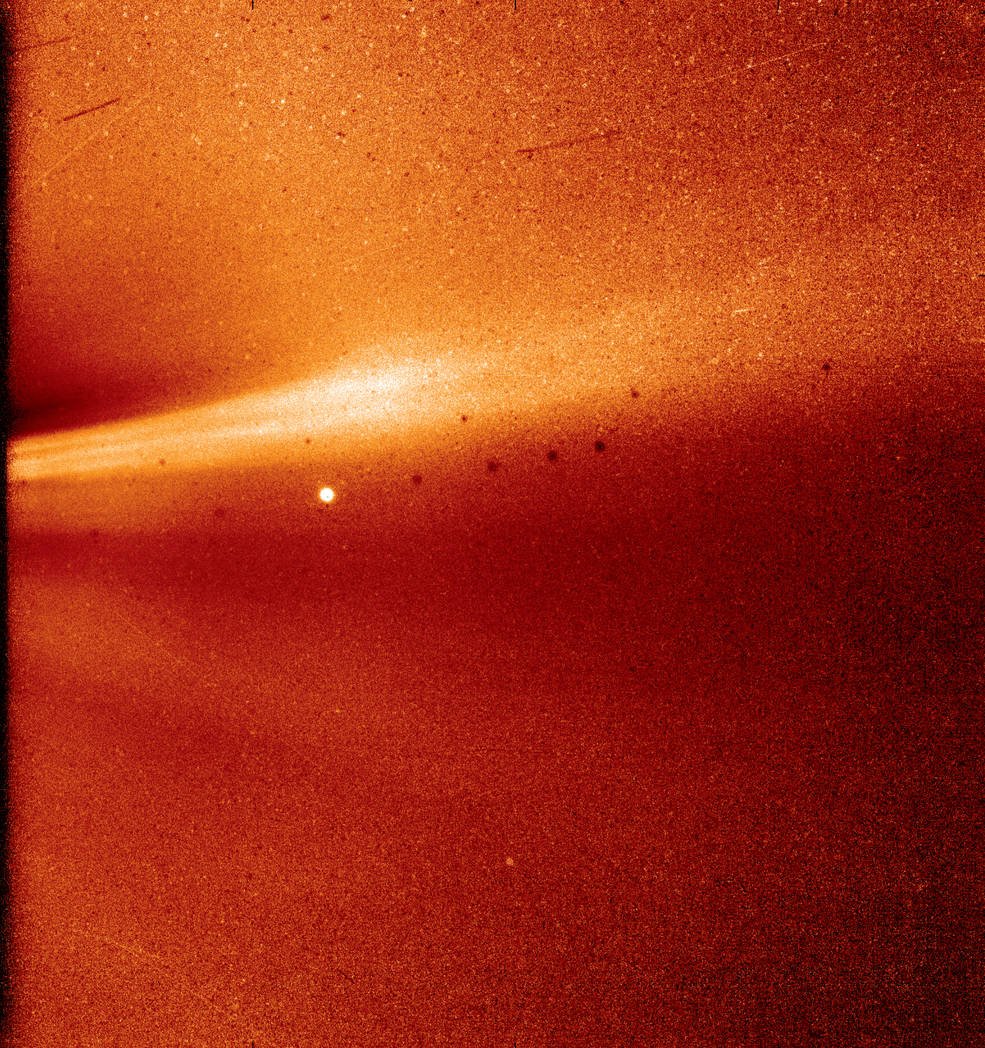NASA is writing history when it comes to space exploration. Last week, we witnessed NASA’s InSight spacecraft land on the Red Planet and begin digging into revealing its secrets, while the other spacecraft OSIRIS-REx approached Asteroid Bennu, managing to discover signals of water in hydroxyl groups. But, that’s not all, because NASA’s Parker Solar probe arrived at our host sun, snapping a beautiful photo of the Sun’s atmosphere.
ICYMI: We have a new view of the Sun’s atmosphere, the corona, from our #ParkerSolarProbe mission. This image was captured on Nov. 8, 2018, when the spacecraft was just 16.9 million miles from our star. ??☀️ https://t.co/kec0t4mey5 pic.twitter.com/b2fexj9XNa
— NASA Sun & Space (@NASASun) December 12, 2018
The spacecraft already made the closest-ever approach to the Sun weeks ago, and right now NASA’s scientists are beginning to download the data it sent back to Earth. As NASA wrote on its website, that data could hold the information researchers around the world have wanted to hear for decades. This, possibly yet-unseen data, could change how we see our star, the Sun, providing new knowledge about it.
To honor the first close-up photo of the Sun’s atmosphere and to talk about what findings they could discover from the data, researchers gathered at the American Geophysical Union in Washington, D.C. on Dec. 12.
“Heliophysicists have been waiting more than 60 years for a mission like this to be possible,” Nicola Fox, director of the Heliophysics Division at NASA Headquarters in Washington was quoted on NASA’s website.
Heliophysics is a discipline of physics which looks into the effects of the Sun on the Solar System. The researchers want to discover the secrets “waiting in the corona.”
There are many ways in which the Sun affects our Earth. The biggest influences of the Sun on the Earth include solar flares and UV radiation, as well solar winds. The coronal mass ejections carry the magnetic fields which cause geomagnetic storms when interacting with Earth’s natural magnetic field. Those storms can be responsible for the polar light we call the Aurora.
However, one of the dangers which come with geomagnetic storms is the possibility of power outages and communication problems between Earth and the satellites launched in space, so scientists want to learn as much as possible and see what they can do to avoid such a scenario in the future.
The Parker Solar Probe completed its first approaching phase with the Sun between Oct. 31 and Nov. 11, managing to move through the Sun’s outer atmosphere known as the corona. The yet-unprecedented data is being sent back to Earth.
The Parker probe was launched on Aug. 12 and it’s expected it’ll make 24 close passes by our host star over the course of the next seven years. On Nov. 6, the spacecraft moved within about 24 million kilometers of the solar surface which is two times closer compared to the Helios spacecraft, a probe that tried visiting the Sun in 1970.
The spacecraft is named after Eugene Parker, a physicist who, back in 1958, theorized about the solar wind, an energy that is emitted from the sun’s atmosphere.
“Parker Solar Probe is going to a region we’ve never visited before,” Terry Kucera, a solar physicist at NASA’s Goddard Space Flight Center in Greenbelt, Maryland, said about the sun’s atmosphere. “Meanwhile, from a distance, we can observe the Sun’s corona, which is driving the complex environment around Parker Solar Probe.”





